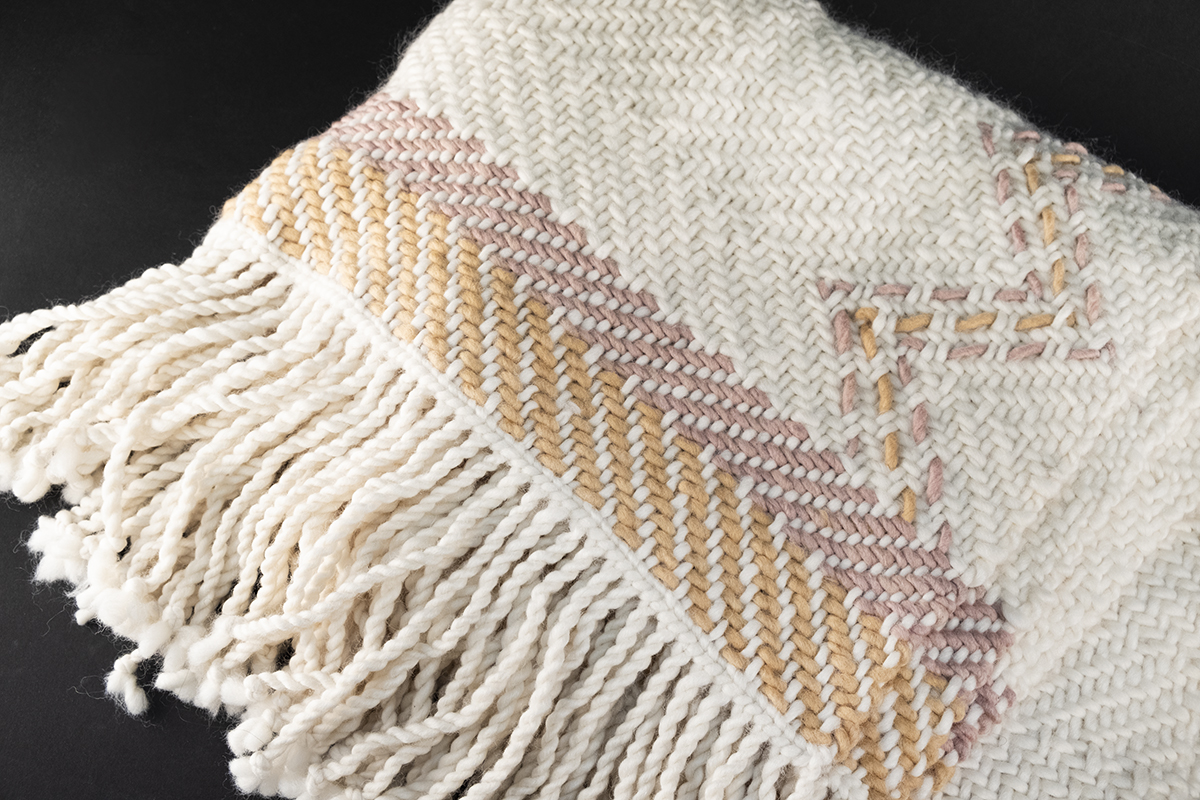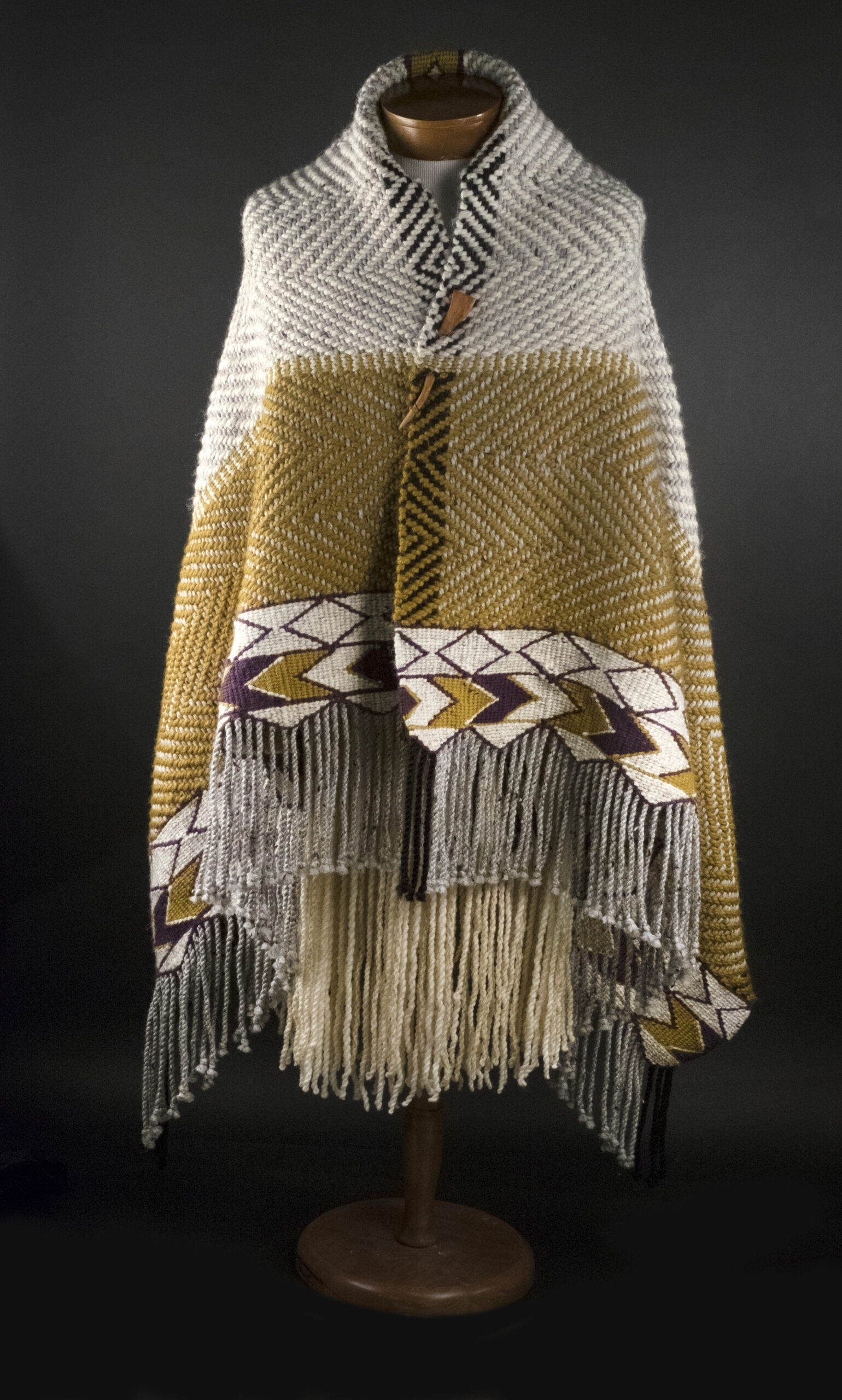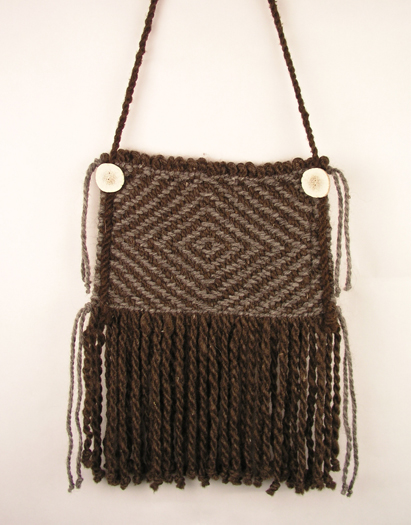-
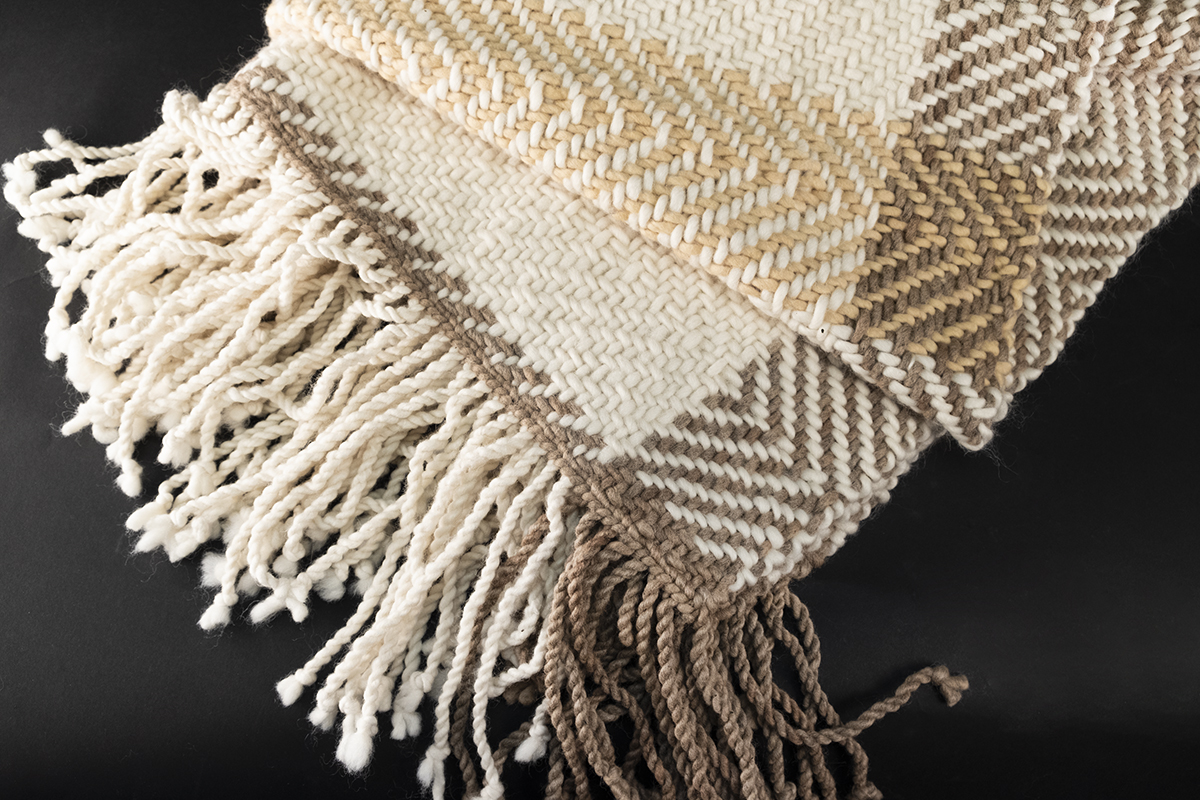 Plant Love100% Wool, Deer Bone Pin, Plant Dyes
Plant Love100% Wool, Deer Bone Pin, Plant Dyes- 33.25"h
- 96"w
SOLD -
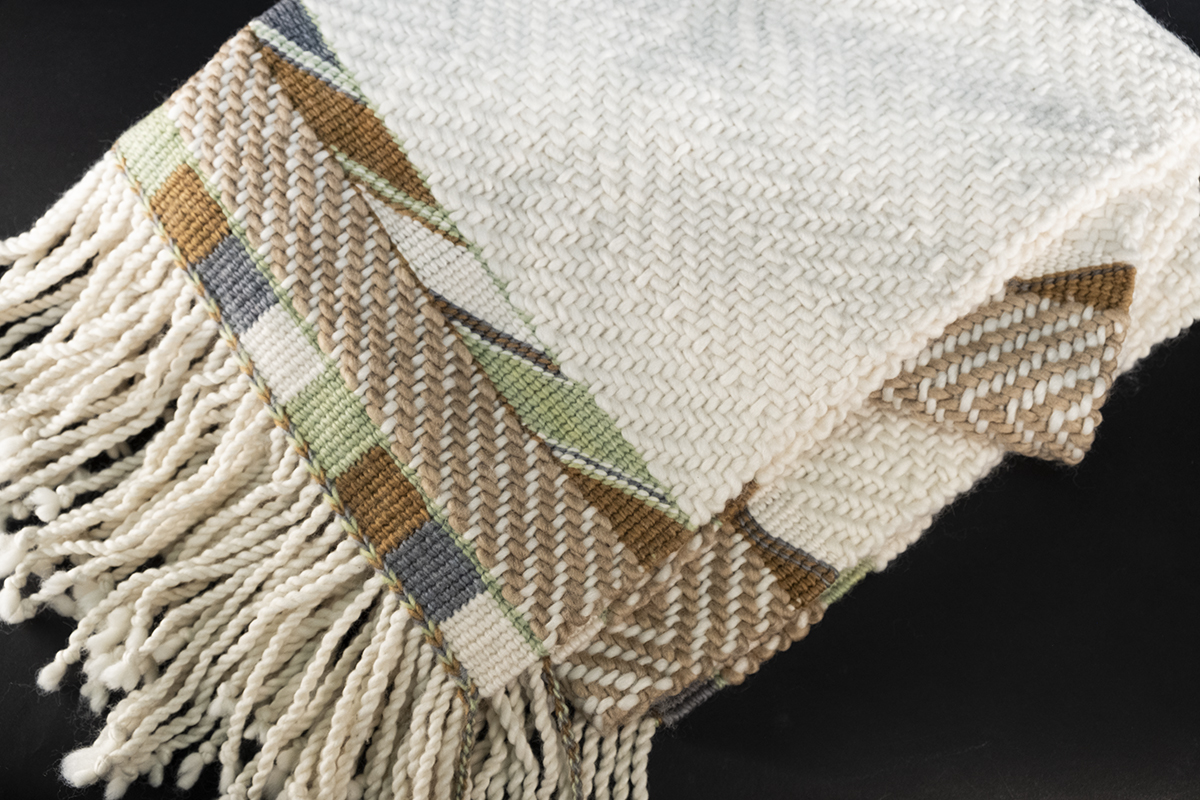 Earthy Possessions100% Wool, Plant Dyes, Deer Bone Pin
Earthy Possessions100% Wool, Plant Dyes, Deer Bone Pin- 34"h
- 88"w
SOLD -
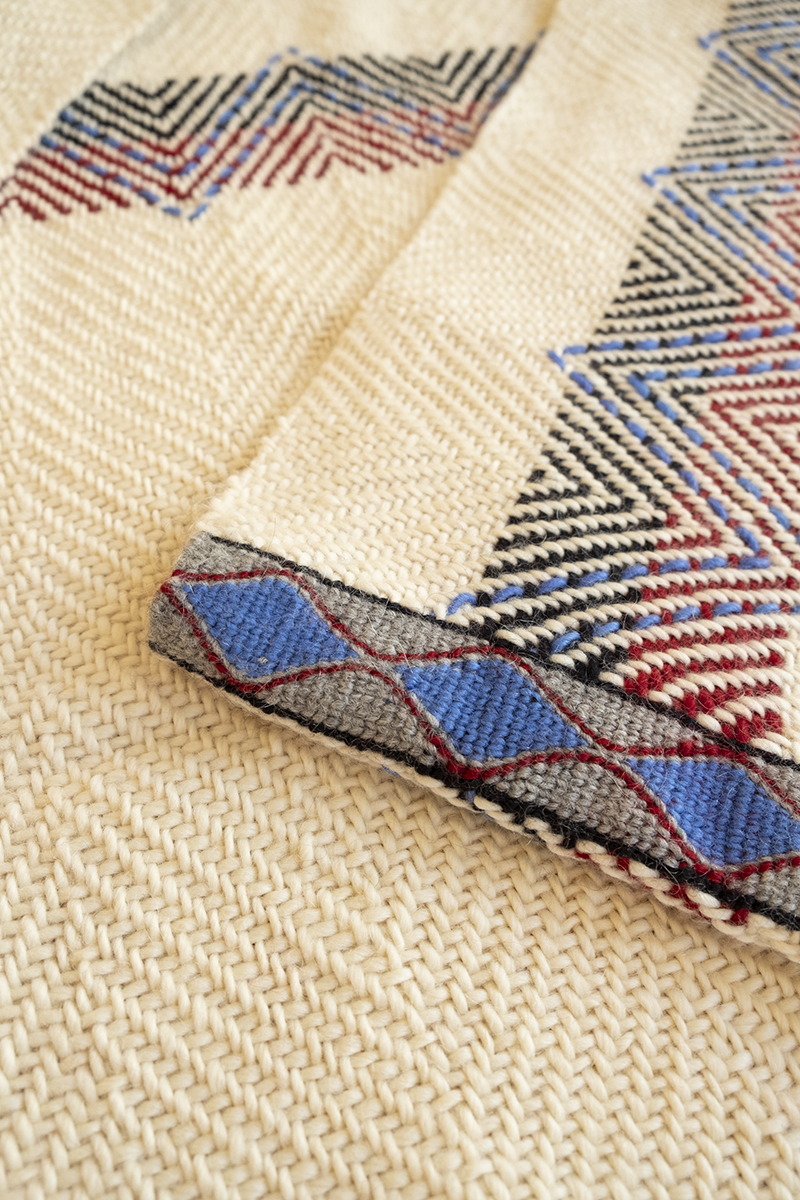 Blue Dream100% Wool
Blue Dream100% Wool- 35"h
- 112"w
SOLD -
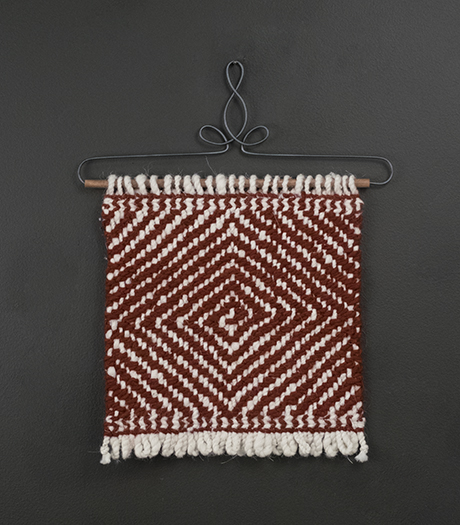 The EyeHand-Dyed Mountain Goat Wool
The EyeHand-Dyed Mountain Goat Wool- 16"h
- 11"w
SOLD -
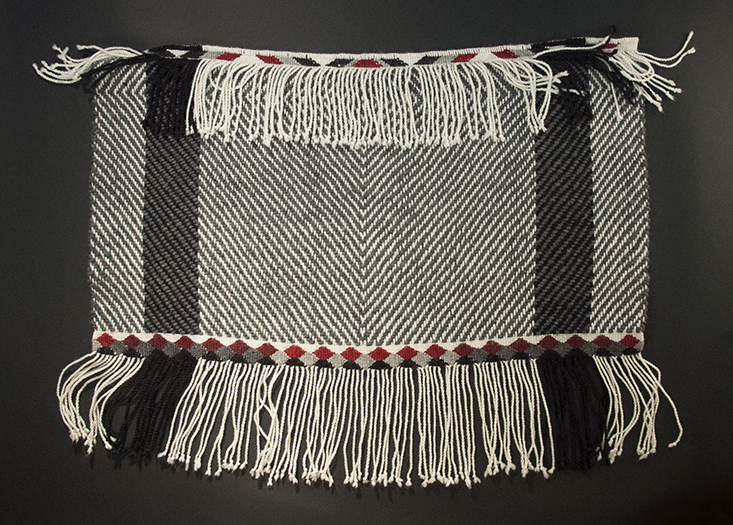 Gray DanceAcrylic Wool Blend, 100% Wool
Gray DanceAcrylic Wool Blend, 100% Wool- 32"h
- 42"w
SOLD -
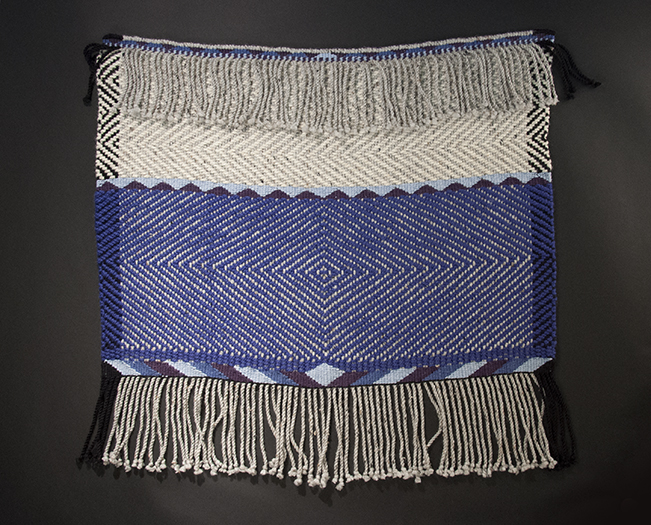 For the Love of BlueAcrylic Wool Blend
For the Love of BlueAcrylic Wool Blend- 39"h
- 36"w
SOLD -
 Ancestor’s EchoAcrylic Wool Blend
Ancestor’s EchoAcrylic Wool Blend- 38"h
- 76"w
SOLD -
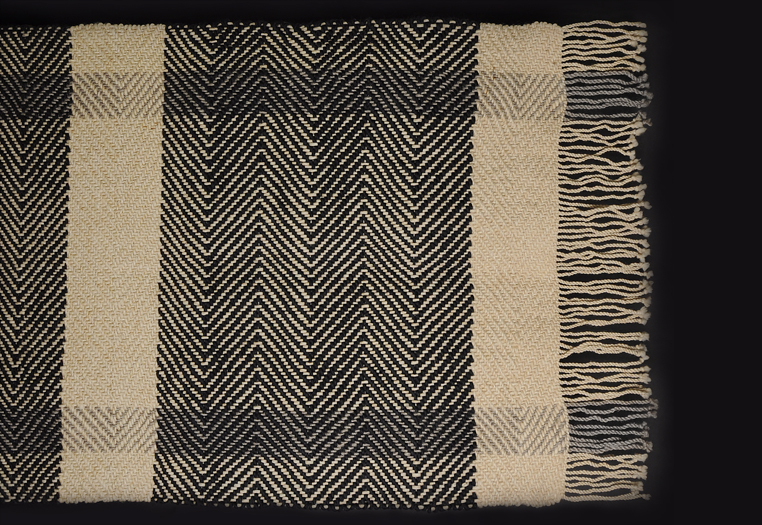 The Spell of AutumnHand Spun and Woven Wool, Dyes
The Spell of AutumnHand Spun and Woven Wool, Dyes- 38"h
- 100"w
SOLD -
 The Spirits Are WhisperingAcrylic Wool Blend, Dyes
The Spirits Are WhisperingAcrylic Wool Blend, Dyes- 72"w
SOLD -
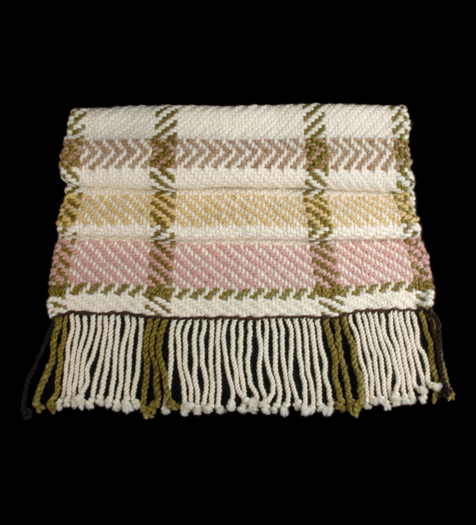 Budding Rose BlanketHand Plied Wool, Natural Dyes
Budding Rose BlanketHand Plied Wool, Natural Dyes- 73"h
- 28.5"w
- .5"d
SOLD -
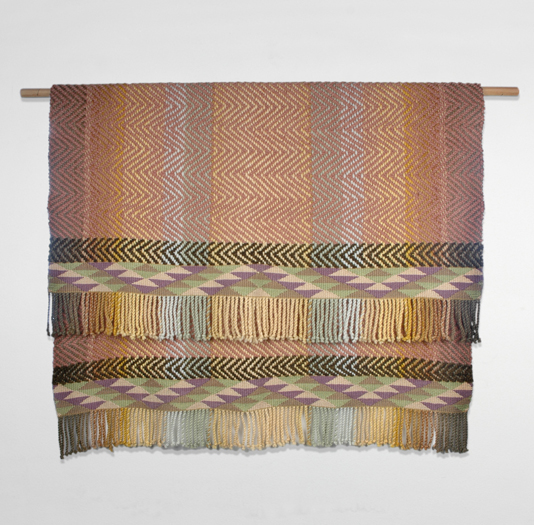 The Splendor of SpringYarn Hand-dyed with Indigenous Plants; Woven both Twill and Twined; Sold with Carved Cedar Blanket Rack (By Shaunte Bernal)
The Splendor of SpringYarn Hand-dyed with Indigenous Plants; Woven both Twill and Twined; Sold with Carved Cedar Blanket Rack (By Shaunte Bernal)- 70"h
- 48"w
SOLD -
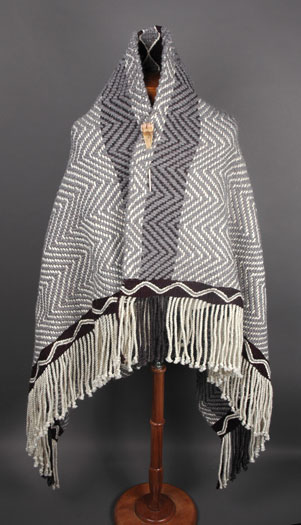 Puget Sound’s Gray AreaAcrylic Wool Blend, Elk Bone Blanket
Puget Sound’s Gray AreaAcrylic Wool Blend, Elk Bone Blanket- 42"h
- 59"w
SOLD -
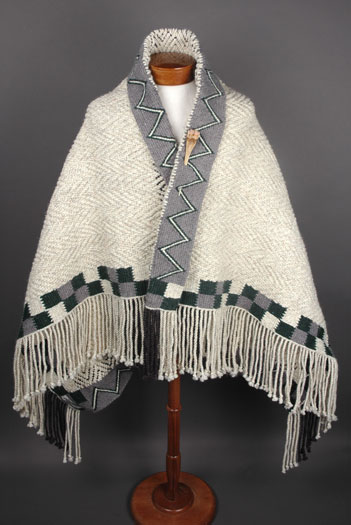 Snow Falling on CedarsAcrylic Wool Blend, Mother of Pearl Blanket Pin
Snow Falling on CedarsAcrylic Wool Blend, Mother of Pearl Blanket Pin- 40"h
- 60"w
SOLD -
 Small Salish Style Bag: BlackWool, Brass Beads
Small Salish Style Bag: BlackWool, Brass Beads- 10"h
- 5"w
- .5"d
SOLD -
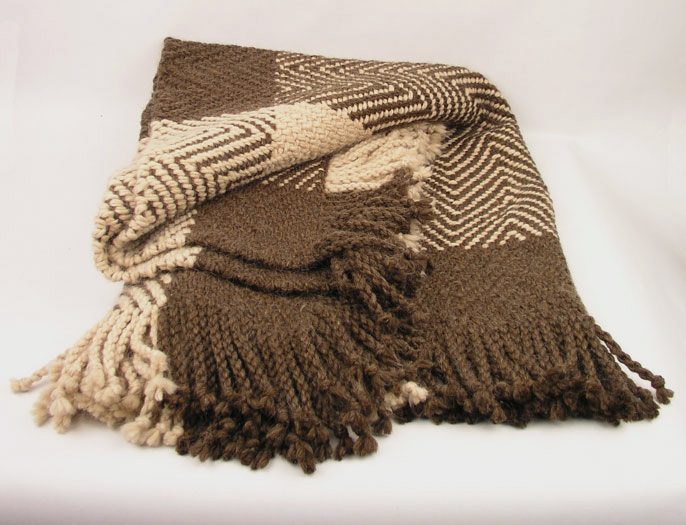 Salish Style Robe: Brown & BeigeWool
Salish Style Robe: Brown & BeigeWool- 61"h
- 37"w
- 1"d
SOLD -
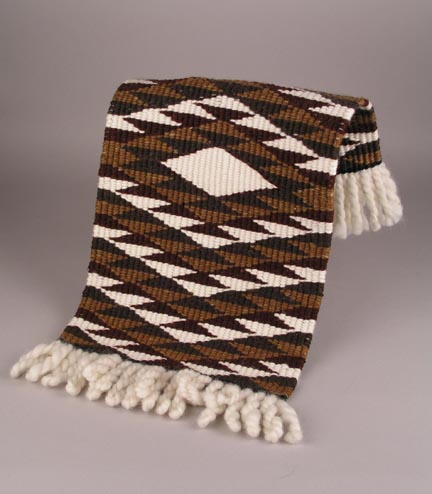 Bear’s Belly Wall HangingWool
Bear’s Belly Wall HangingWool- 27"h
- 16"w
- 2.25"d
SOLD -
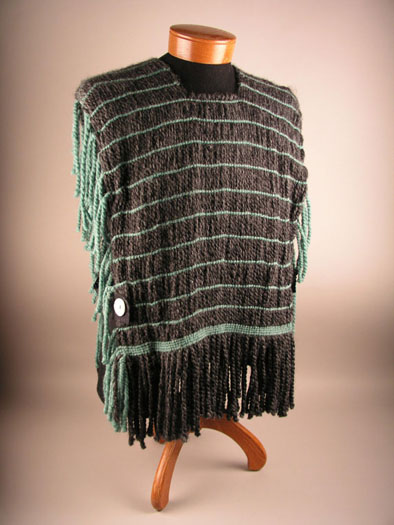 Classic Salish Style VestWool
Classic Salish Style VestWool- 25"h
- 18"w
- 1"d
SOLD -
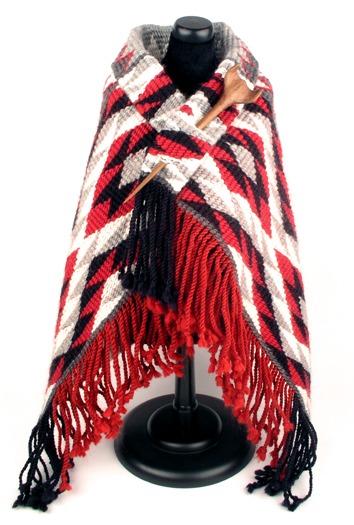 Orca’s Song Child’s RobeWool
Orca’s Song Child’s RobeWool- 18.5"h
- 22.5"w
- .25"d
SOLD -
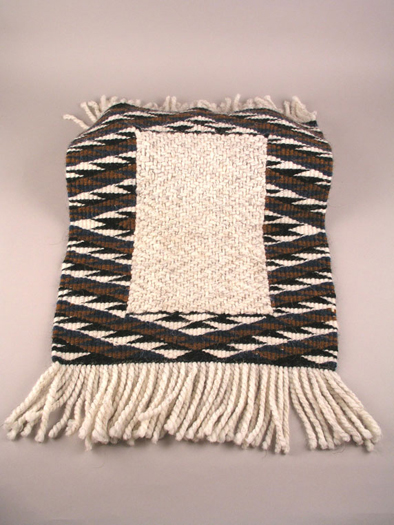 Miniature Ceremonial RobeWool
Miniature Ceremonial RobeWool- 24.5"h
- 16"w
- 2.25"d
SOLD
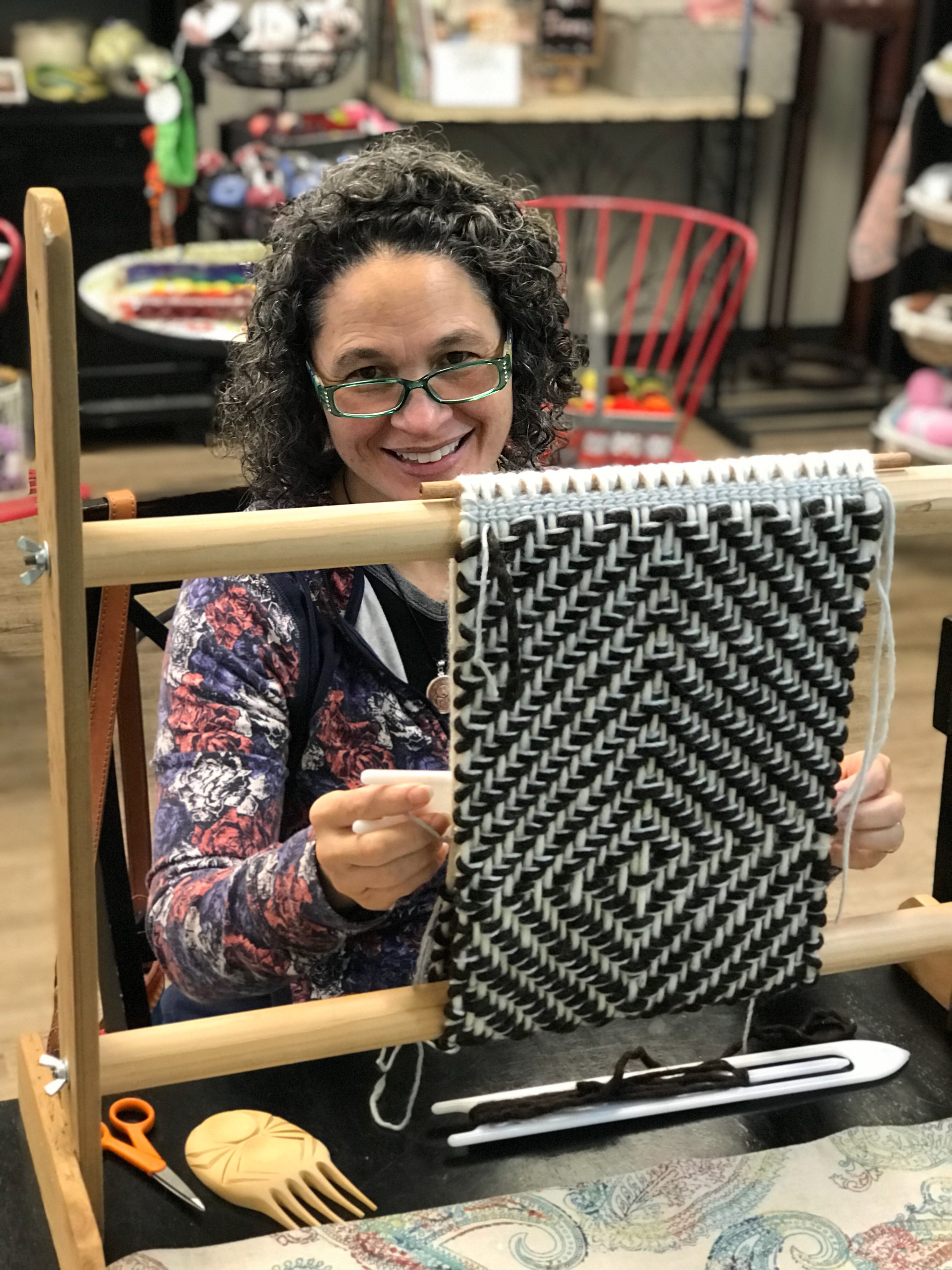
Dr. Susan Pavel first learned to weave in the Coast Salish style during the summer of 1996. Her master teacher was subiyay – Bruce Miller of the Skokomish Nation. Each summer she would take three full months to produce one ceremonial blanket and then gift it to various elders of the tribe. By the fourth year it was suggested to sell her creations and she started along that path. By the seventh year she was invited to teach weaving classes and has taught well over 1000 students to date. She has participated and later solo exhibited six museum exhibits. With public and private collectors across the nation she continues to weave, when the spirit calls her to weave – she is obedient to the call. She celebrated 2016 as her 20th anniversary of Coast Salish Weaving, and more importantly, – SQ3Tsya’yay – Weaver’s Spirit Power.
Pavel is the executive director of the Coast Salish Wool Weaving Center, a new nonprofit center committed to the preservation and promotion of Coast Salish Wool Weaving where students and volunteers can participate in the entire process of our indigenous weave style here in the Pacific Northwest. She received a 2018 GAP Award funding to travel throughout Salish territory to sustainably and spiritually harvest plants to receive natural dyes and their teachings.
Traditionally, Salish blankets/clothing are woven using a variety of animal and plant fibers including mountain goat wool, canine hair, hemp, fireweed, milkweed, cattail, cotton grass, and yellow and red cedar bark. Various plants were used to create the colors used in dying the wool. Bark from Oregon grape, stinging nettles, various lichens, and alder bark were some of these plants.
There are three types of techniques used in Coast Salish weaving: twill, twining, and plain. The diagonals are created by the twill weave, where the weft travels under and over the warp. Twining uses two weft yarns twisting around the warp. The plain weave is a simple over and under warp and weft. Amongst Coast Salish people, blankets made from mountain goat wool are a symbol of wealth and status. During ceremonial occasions objects of wealth are given as gifts, thus leaving the donor in a place of honor and prestige. Woven blankets are distributed during weddings, memorials, naming ceremonies, and as payment to shamans for their services.

